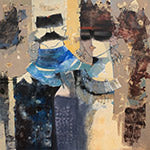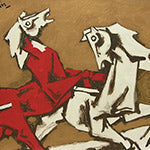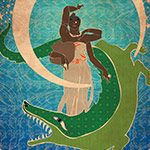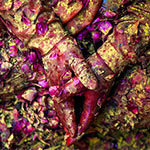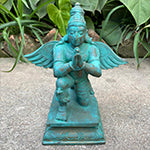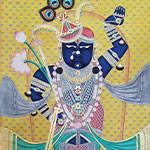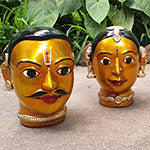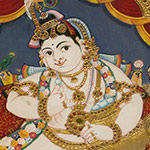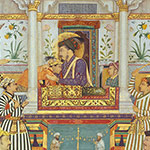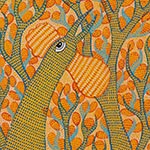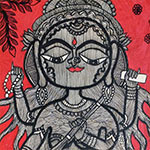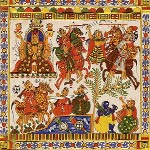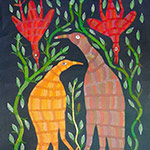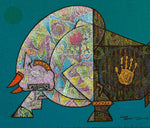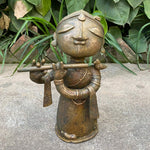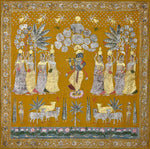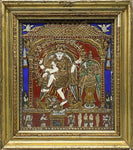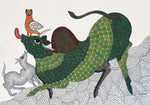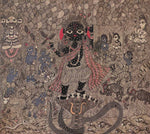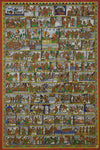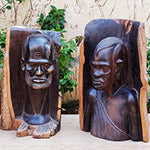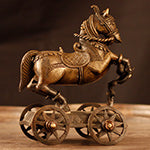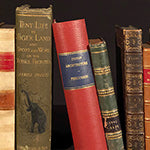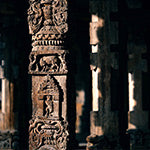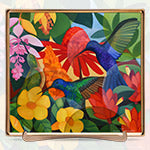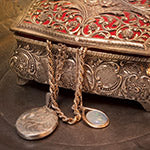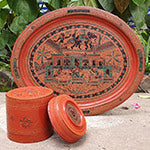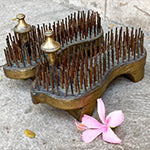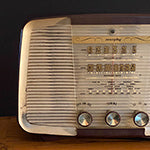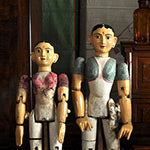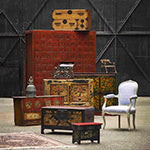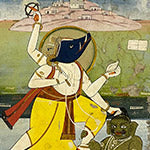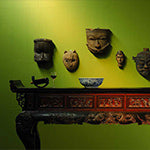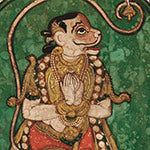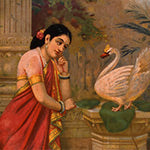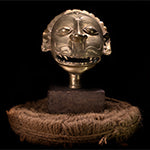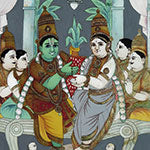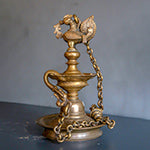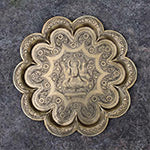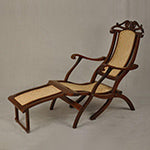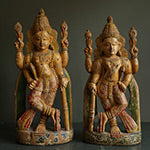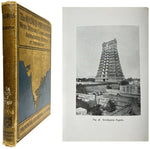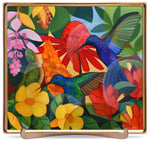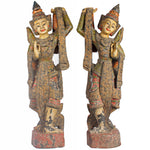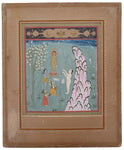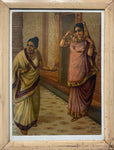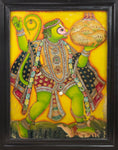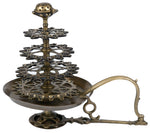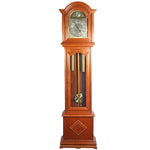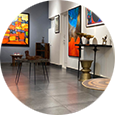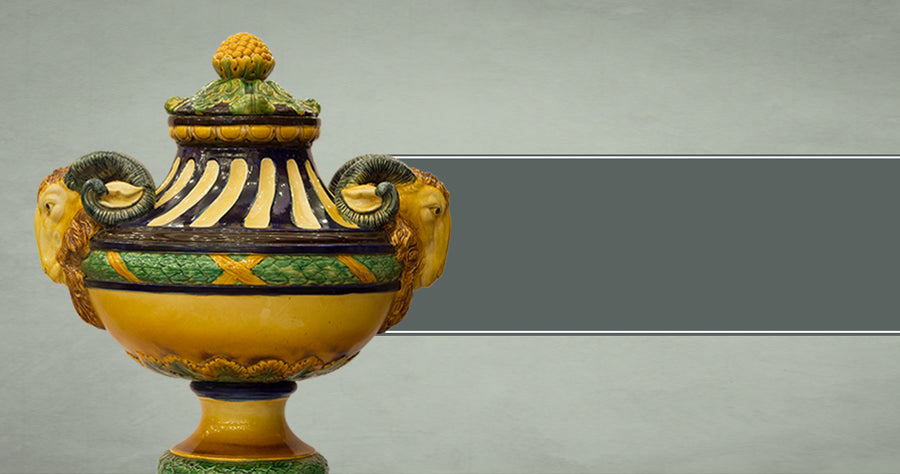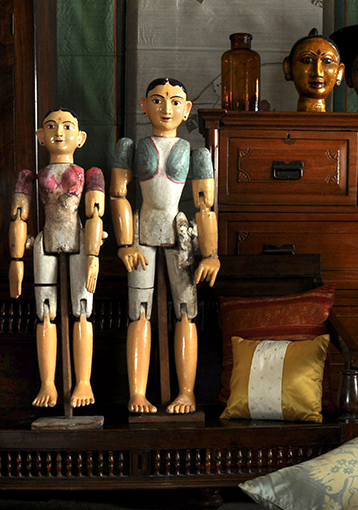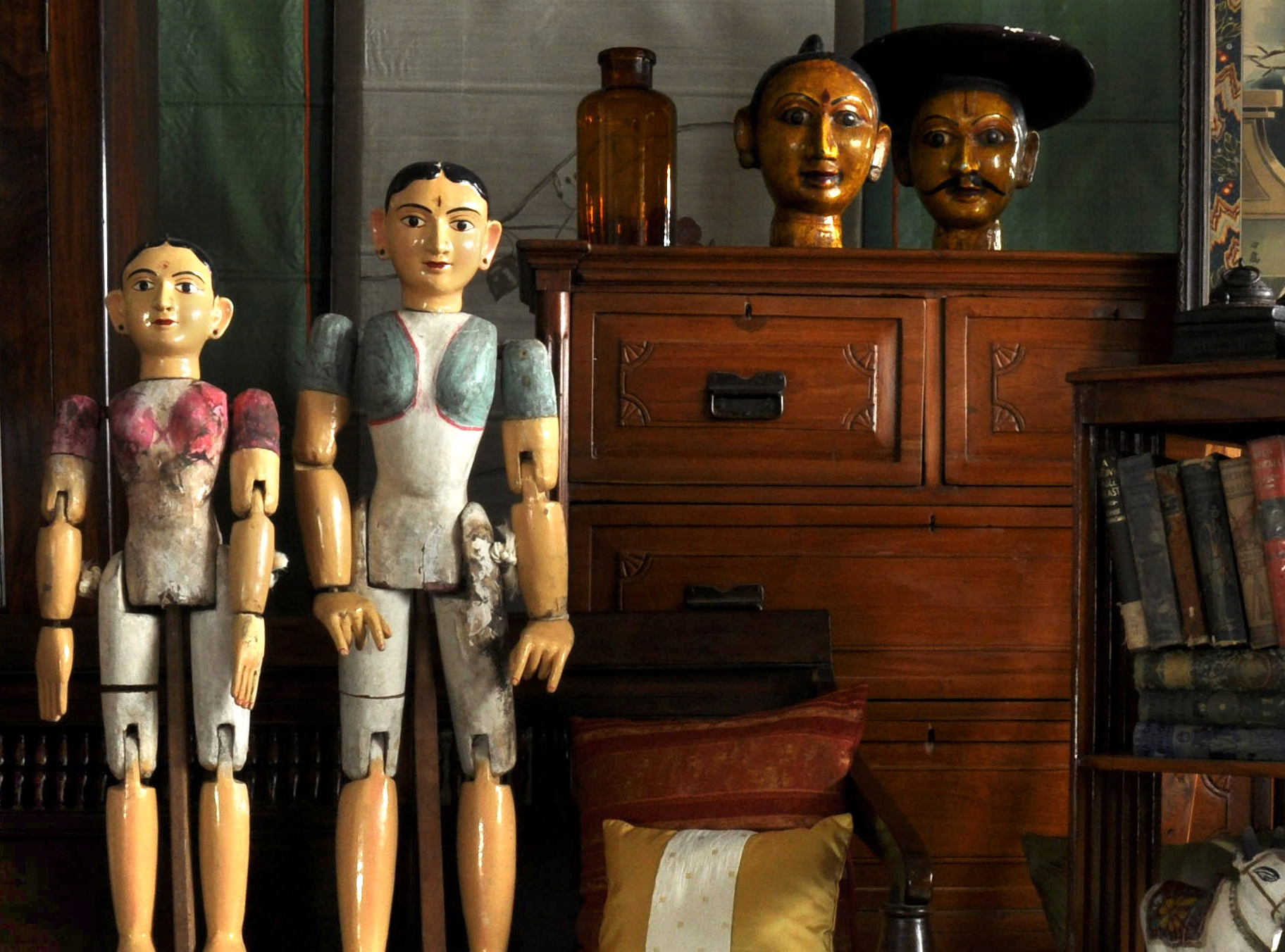Demystifying The Enigmatic World Of Abstract Art
Art WiseFrom seemingly simple monochromatic paintings, to canvasses covered in streaks of colour, Abstract art defines the art of modern times, with free forms completely open to interpretation. Challenging the mind as well as the pre-existing notion that art must be a certain way, Abstract Art is a statement that continues to capture the imagination of art lovers.
 Ocean Greyness by Jackson Pollock, Image Source: guggenheim.org
Ocean Greyness by Jackson Pollock, Image Source: guggenheim.org
Defining the Abstract
A style wherein the imagery departs from reality, Abstract Art depicts the subject of an artwork in a way that is only a representative of it’s true form. In simpler words, abstract artists depict their subjects with the use of shapes, colours and forms, instead of trying to replicate their realness. Abstract art led to the evolution of the idea of ‘Art for Art’s Sake’, where the process of creation and the concept behind an artwork takes precedence over the artwork itself, or the subjects being depicted. Abstract artworks vary in the degrees of their abstraction, with some being only slightly abstract (where the subject is still recognizable), to those which seem to be completely without any external frame of reference.

Limited Edition Print, Available for Purchase on Artisera
 Dawning by Naina Maithani Kulkarni
Dawning by Naina Maithani Kulkarni
Available for Purchase on Artisera
The Evolution of Abstract Art
The dominant style of art that existed in Europe until the late 1800’s followed the rules of Classical Realism, where it was all about imitating reality. Although some abstract elements did exist in art prior to the emergence of the Abstract art movement, artists in Europe began to consciously break away from Classical Realism, only towards the end of the 19th century. Impressionist artists like Monet and Renoir were among the first to experiment with abstraction, by playing with colour and form in their art to create ‘impressions’ of their subject, as opposed to exact replicas.
 Water Lilies (1915) by Claude Monet
Water Lilies (1915) by Claude Monet
Art Movements like Fauvism and Cubism in the 20th century experimented with abstraction more actively, with Fauvists playing with the colour, and Cubists playing with the shape of the subjects depicted, thus distancing them from reality. The experiments of Russian Avant Garde artists and Italian Futurist artists also led to the evolution of this new art movement. The idea behind the experiments of the artists was to create art that could produce or represent an emotion with the use of colour and form alone.
 Left: Woman with a Hat by Fauvist Artist Henri Matisse, Right: Girl with a Mandolin by Cubist Artist Pablo Picasso
Left: Woman with a Hat by Fauvist Artist Henri Matisse, Right: Girl with a Mandolin by Cubist Artist Pablo Picasso
It was around the time of World War I that Abstract art began to get recognized as a genre. Some of the pioneers of Abstract art include Russian artist Wassily Kandinsky and Swedish artist Hilma af Klint, who were among the first to create artworks that were completely abstract. The history of Abstract art after this point continued, with artists experimenting with form in pursuit of art that was ‘pure’, and completely free from external association and expectations.
 Composition V by Wassily Kandinsky
Composition V by Wassily Kandinsky
 Youth, from The Ten Largest series by Hilma af Klint
Youth, from The Ten Largest series by Hilma af Klint
The Sub-Types of Abstract Art
While a lot of non-representational art falls under Abstract, the genre itself includes many art-movements within it, that all have their own concept of understanding the idea of ‘abstraction’. Some of the most recognizable ones are (i) Geometrical Abstraction, identified by the geometrical shapes in the compositions, (ii) Neo-Plasticism, identified by black lines and blocks of primary colour on a mostly white canvas, (iii) Abstract Expressionism, where emotions took the forefront in the artwork, leading to powerful paintings such as Jackson Pollock’s Action Painting experiments and Mark Rothko’s Colour Field paintings, and (iv) Minimalism, with imagery that is simple and absolutely disconnected from the real world.
 Geometrical Abstraction by S.H. Raza
Geometrical Abstraction by S.H. Raza
Limited Edition Print Available for Purchase on Artisera
 Neo-Plasticism - Trafalgar Square by Piet Mondrian, 1943
Neo-Plasticism - Trafalgar Square by Piet Mondrian, 1943
 Left: Abstract Expressionism - White Center (Yellow, Pink and Lavender on Rose) by Mark Rothko, Right: Minimalism - Color Frame Painting #9 by Robert Mangold
Left: Abstract Expressionism - White Center (Yellow, Pink and Lavender on Rose) by Mark Rothko, Right: Minimalism - Color Frame Painting #9 by Robert Mangold
Indian Abstract Art
With Europe having broken away from Realism in late 19th century, Abstract art in India emerged only in the 1940’s, when a group of artists in Bombay formed the Bombay Progressive Artists Group. Their work was a response against the Bengal School of Art, where Figurative art was the norm, and broke the boundaries of the old style of painting to create a modern identity for Indian Art.
 Metascape by Akbar Padamsee, Image Source: taoartgallery.com
Metascape by Akbar Padamsee, Image Source: taoartgallery.com
While not all of the PAG artists created abstract art, some of them are, till date, considered India’s most renowned Abstract artists. These include M. F. Husain, S. H. Raza, V. S. Gaitonde and H. A. Gade. Some other Abstract masters from India include Ram Kumar, Akbar Padamsee and Jehangir Sabavala.
 Untitled by V. S. Gaitonde
Untitled by V. S. Gaitonde
Even in contemporary India, the list of abstract artists creating stunning and thought provoking works of art continues to grow. Some notable names include Gurudas Shenoy, Basuki Dasgupta and emerging artists like Naina Maithani Kulkarni and Ashu Gupta.
 Urban Impressions by Gurudas Shenoy
Urban Impressions by Gurudas Shenoy
Available for Purchase on Artisera
 Shades by Ashu Gupta
Shades by Ashu Gupta
Available for Purchase on Artisera
Developing an Appreciation
With the free-forms and ‘random’ appearance of some abstract artworks, the genre is often misunderstood. A common reaction to an abstract painting is the phrase ‘I could have done that’. The truth however, is that even though they appear simple in execution, they are often technically complex and deeply layered. Abstract artists are celebrated for their ingenuity and the concepts that their art represents (from the symbolic meanings, to the total lack thereof). So, while we may think we could have created the scribbles of Cy Twombly or Raza’s geometrical Bindus, in reality, we probably couldn’t have imagined it!
 Lepanto by Cy Twombly
Lepanto by Cy Twombly
Moreover, abstract artworks are often favoured by designers, as they blend easily into different spaces, be it living rooms or bedrooms, hotel lobbies, or corporate offices, adding character, depth colour, and drama to the surrounding.


